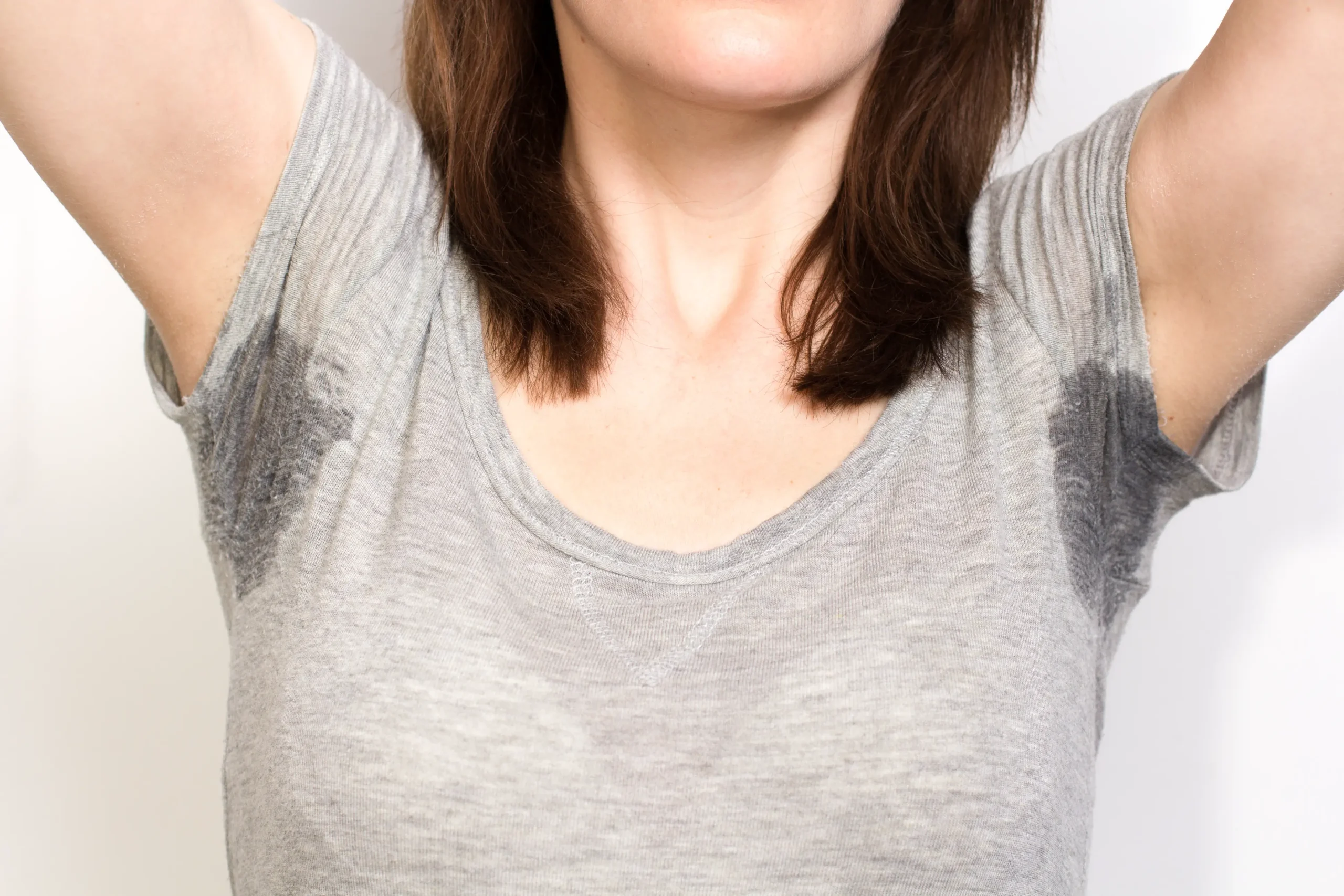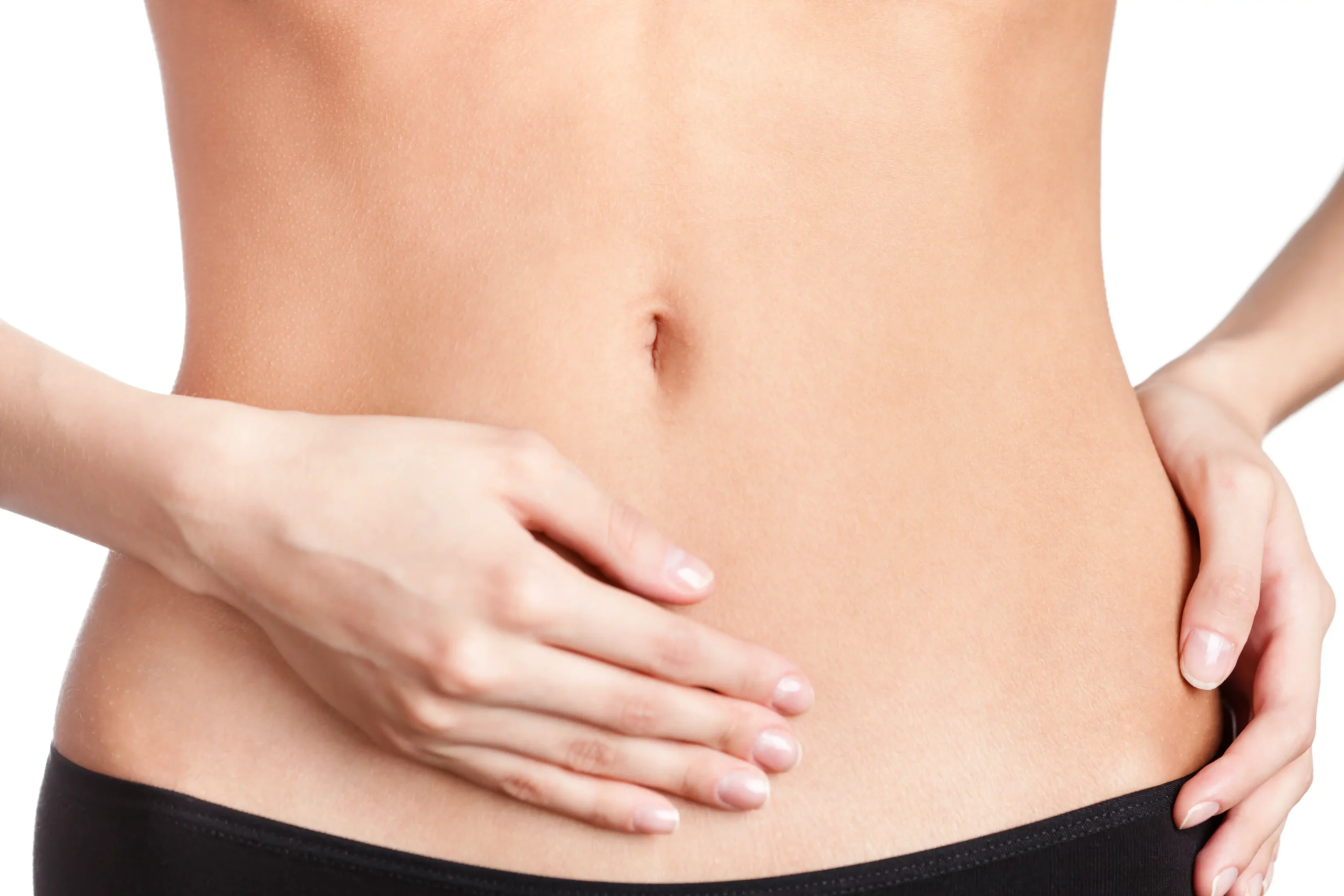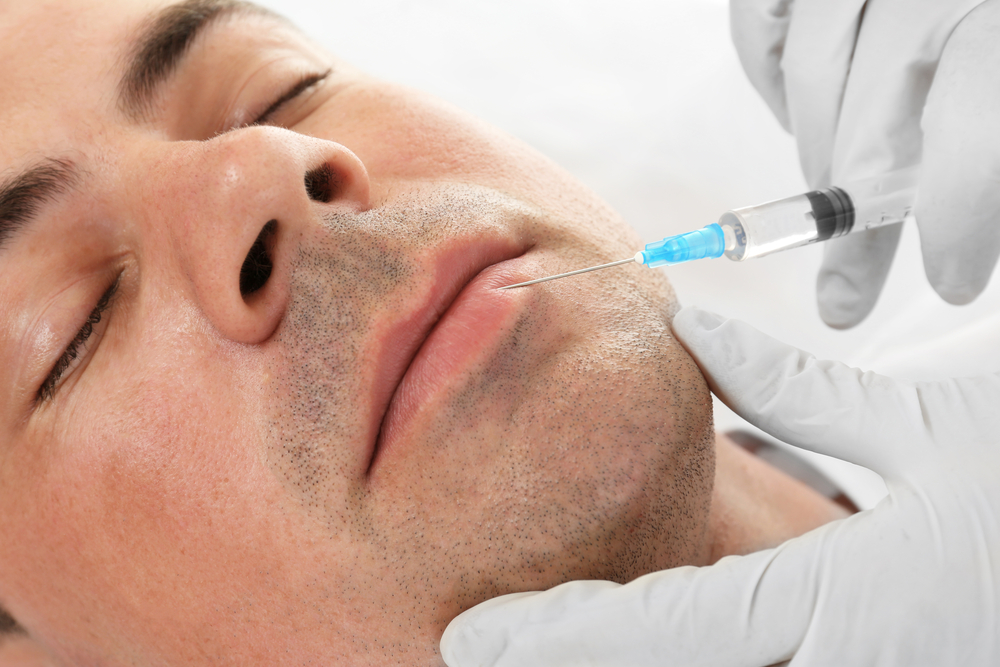“Um, I think we both need showers,” my husband said to me as we bathed our baby.
It was sweet of him to lump himself into his directive — because of course he was trying to tell me I needed a shower. I didn’t have the heart to tell him I just took one.
That’s right, less than an hour before, I had bathed at the gym after my workout. So why did I still smell?
I was beginning to realize I might have a problem. Not a “Broadcast News” problem, as in the 1987 film where Albert Brooks sweats so profusely that he loses his job, his girl and his dreams, but a problem nonetheless.
The Causes of Excessive Sweating
“The term for excessive underarm sweating is hyperhidrosis,” informs respected Fort-Myers-based plastic surgeon Dr. Robert J. Brueck.
Hyperhidrosis is either primary (no one knows what causes it yet) or secondary, brought on by anxiety, hyperthyroid issues, cancer, or any number of things. According to Brueck, people with the condition tend to be in the “younger age group,” stretching from their twenties to early forties.
“It’s amazing how severe the sweating can be,” he says. “Many sufferers explain how they’ve become social misfits and consequently reclusive. The excess sweat destroys their clothes, they don’t date… it has serious repercussions. ” Kind of like that Albert Brooks character.
Some 3% of society suffers from hyperhidrosis, according to the International Hyperhidrosis Society (Their tag line? “Know Sweat”). As for myself, I wasn’t sure if I had excessive sweating or just excessive odor, which is called bromhidrosis. If it’s from the armpit, it’s called apocrine bromhidrosis, referring to the sweat glands in the underarm, breast and groin areas, which secrete pheromones.
Interestingly, it’s not the actual sweat that causes the odor, but bacteria living on the skin that breaks the sweat down, resulting in ammonia and fatty acids — hyperhidrosis just makes the problem worse.
Hyperhidrosis Treatments
So what to do about it?
Well, for starters, I had to try and keep my skin dry and bacteria-free. That meant shaving or undergoing laser treatments, something I’d already tried but found to be super painful in the areas affected by the problem.
I also needed to start using fragrance-free anti-bacterial soaps and antiperspirant — apparently that baby-fresh powder scent I was using might well have been causing much of the problem. It sort of reminded me of how the ancient Greeks would rarely shower but instead pile on tons of perfume to mask their body odor. Hmm, I wonder how that all worked out?

I decided to try natural remedies. I started with lemon, a fruit whose acidic juice restores the pH balance. (Except you have to rub it on you before you shower and then rinse it off. Duh…)
“Why do I keep smelling lemon everywhere?” asked my husband. “Look, it’s either that or b.o.,” I told him.
But this approach has its limitations as lemon can also irritate the skin.
Next up I tried using baking soda, which is well known to absorb sweat. Mixed with the equal parts lemon juice or cornstarch, you’re supposed to put it on your skin and simply let it rinse off, taking care not to scrub the area too much. Similar pH-lowering compounds include witch hazel, rosemary and sage.
The more I employed the natural solutions I kept hearing about, the more I started smelling like my grandma’s potpourri drawer! I was beginning to have serious reservations about just how effective these solutions really were.
Some health experts recommend switching to high-aluminum based antiperspirants, which “are very thick and heavy,” according to Dr. Brueck. “The idea is that it fills the ducts that secrete sweat and helps keep them dry.” The problem with this approach is that it sometimes irritates the skin — or simply doesn’t work at all.
“After all other treatments have been tried, adjusting for individual circumstances, and still found to be ineffective, surgical treatment for excessive sweating may be an option considered by your physician,” says the International Hyperhidrosis Society.
Their site says there are a few different types of treatment. The most invasive is endoscopic thoracic sympathectomy (ETS), where surgeons try to interrupt the transmission of nerve signals from the spinal column to the sweat glands. Performed under general anesthesia, the procedure is permanent, but often results in profuse sweating in other areas of the body.
The IHS also suggest that lasers can be passed under the skin to target the sweat glands, or that Botox can be injected to target the sweating. Unfortunately, these potential solutions can get very expensive.
The miraDry Procedure
A new treatment that’s come onto the market is miraDry, a non-invasive technology that delivers electromagnetic energy from a handheld device to decompose the sweat glands beneath the underarm, while simultaneously cooling the skin (it can also remove the hair).
The one-hour procedure is done under local anesthetic. “90% of people require only one miraDry treatment, and the vast majority of them are able to resume normal activities immediately afterwards — although that can depend on the degree of their sweating,” says Dr. Brueck.
According to a 2013 study published in The Journal of Laser and Cosmetic Therapy, after employing miraDry 83.3% of people showed a marked improvement in their sweating and 93.8% of them were able to eliminate the foul odor associated with the disease.
Concludes Brueck: “I really think that these days, miraDry is the way to go.”









